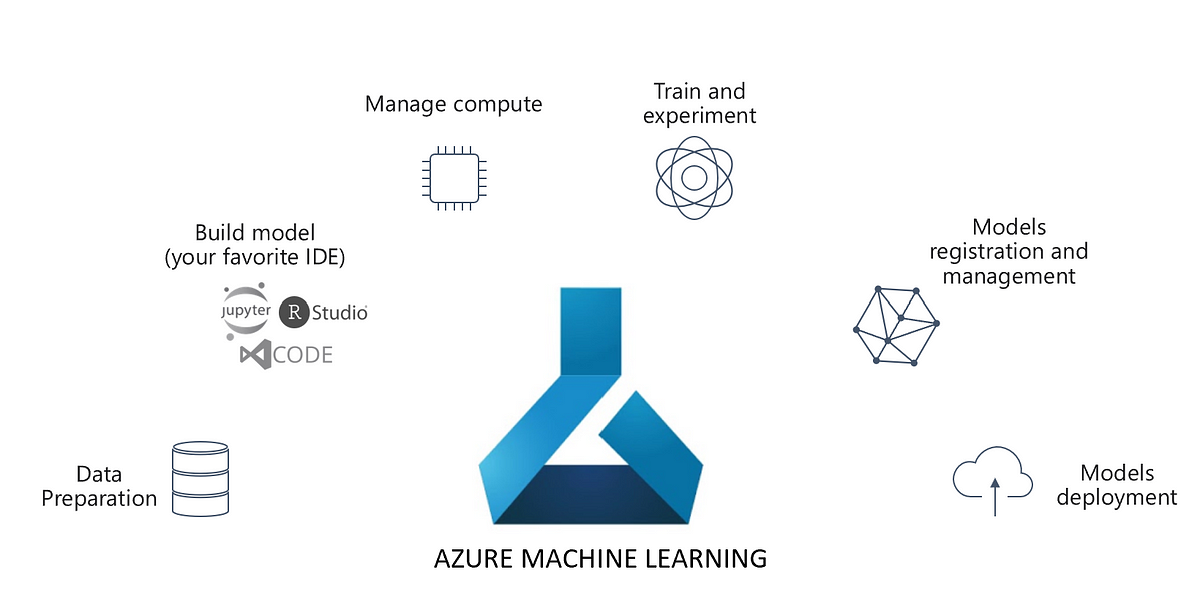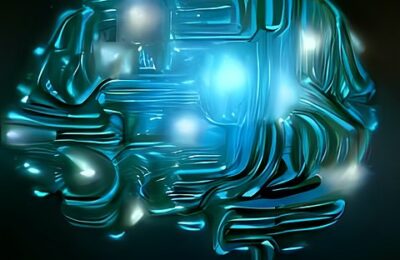Motivating Azure AI Fundamentals
With the explosion of data and computing, Machine Learning and Deep Learning have become the cornerstone of modern information systems. Hence, the future of technology will largely depend on these exponential technologies like ML and DL. Thus, it is an advantage of the career standpoint to possess these skills.
Having said that, in the modern world, having skills is appreciable and sufficient. However, when they are augmented with certification(s), it becomes an icing on the cake. In this regards, Microsoft’s AI-900: Azure AI fundamentals is a great certification to have.
Content Breakup
As the name goes, this certification tests your fundamentals of AI on Azure. Having said that, do not translate the word “fundamentals” to “easy”. This exam tests your ML fundamentals to fair depth along with general AI concepts. This is followed by some of the most common use cases in AI and their corresponding services in Azure.
Thus, this exam tests the following skills:
- AI workloads and considerations.
- Fundamental principles of machine learning on Azure.
- Features of computer vision workloads on Azure.
- Features of Natural Language Processing (NLP) workloads on Azure.
- Describe features of conversational AI workloads on Azure.
AI workloads and considerations
The first part introduces you to the most common use cases of AI, thus laying the foundations of AI services that follow later. This section introduces you to the concepts of Responsible AI, which are guiding principles to design AI systems. If not followed, we might end up with AI systems the might cause troubles/losses real world.
The following learning resource should prepare for this module: Getting started with AI on Azure.
Fundamental principles of machine learning on Azure
The second part carries most of the weight in the exams and rightly so. This section tests your most fundamental concepts of Machine Learning like the ML algorithms, Data Science life cycle, evaluation metrics, etc. Furthermore, it tests your skills with Azure Machine Learning service and Azure ML designer. Azure ML designer is a great service to create models using drag and drop on a canvas. Read more about Azure ML designer here: The Azure Machine Learning Designer.
To prepare for this module, refer to the following link.
Computer vision on Azure
The next section gets you started on various AI services for the Computer Vision workloads. In computer vision, we learn about the following use cases and the associated services.
| Use Case | Description | Service |
| Image Analysis | To analyze the contents of the images | Computer Vision or Cognitive Services. |
| Image Classification | Typical classification in machine learning for images. | Custom Vision or Cognitive services. |
| Object detection | Detecting objects in an image. | Custom Vision or Cognitive services. |
| Face detection | To detect, recognize faces. Analyze facial attributes. | Face API in Cognitive Services. |
| Optical Character recognition | To find characters/words in images. | Read API in Cognitive Services. |
| Form Recognition | To read forms. | Form Recognizer |
To prepare for this module, refer to the following link.
Natural Language Processing (NLP) workloads on Azure.
In the era of internet, with tons of text, NLP has taken off widely. However, analyzing text data is as challenging as image data. Moreover, it takes a considerable amount of expertise to tackle text data. Hence, Azure provides inbuilt services for various use cases. Thus, here are some use cases and their corresponding services:
| Use Case | Description | Service |
| Text Analysis | Language detection, Key phrase extraction, Sentiment Analysis. | Cognitive Services text analytics client |
| Speech | Speech recognition and speech synthesis. Includes Speech to Text and Text to speech. | Cognitive Services Speech API |
| Translation | Translating the text from one language to another | Translator Text |
| Language Understanding | To understand and interpret a text | LUIS |
Having said that, this is a perfect segue to a more advanced use case of NLP i.e. Conversational AI.
However, before that, this is the link to prepare for NLP.
Conversation AI
In order to reduce human effort, chatbots have been used effectively. Hence, in order to ease building a chatbot, Azure offers the following conversational AI services:
- Firstly, we create a QnA bank using a service called QnA Maker.
- Further, we use the bot framework to create a chatbot out using the QnA created with QnA maker. The bot framework can integrate with various services like MS teams.
Lastly, refer to this link to prepare for this module.
Conclusion
The aim of this article is not being a study guide. We intend to inspire you to learn these exponential technologies. Before we go some important tips that might be helpful.
- Focus on the basics of ML.
- Do not skip hands-on labs.
Finally, all the best to the people who intend to take this exam.




